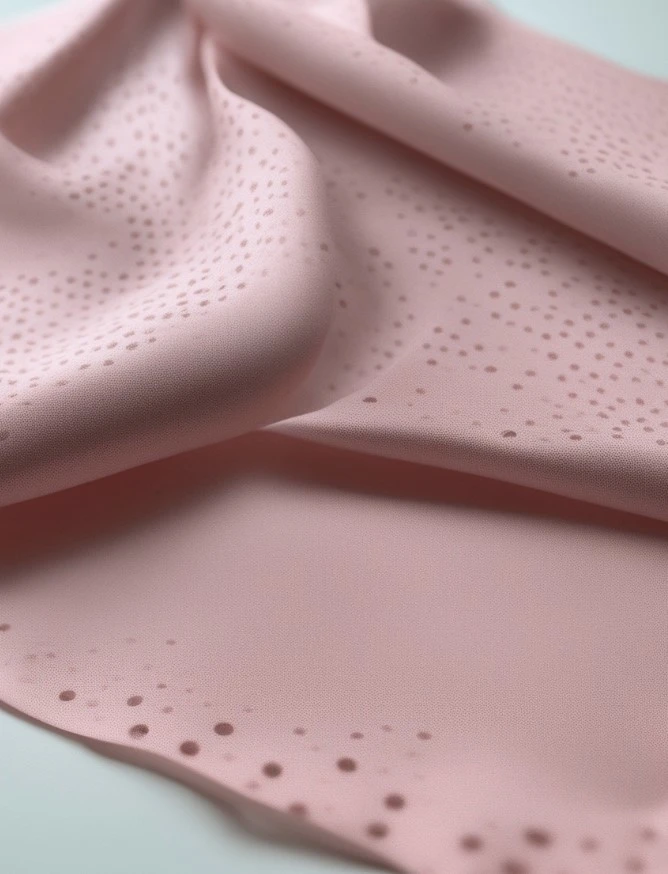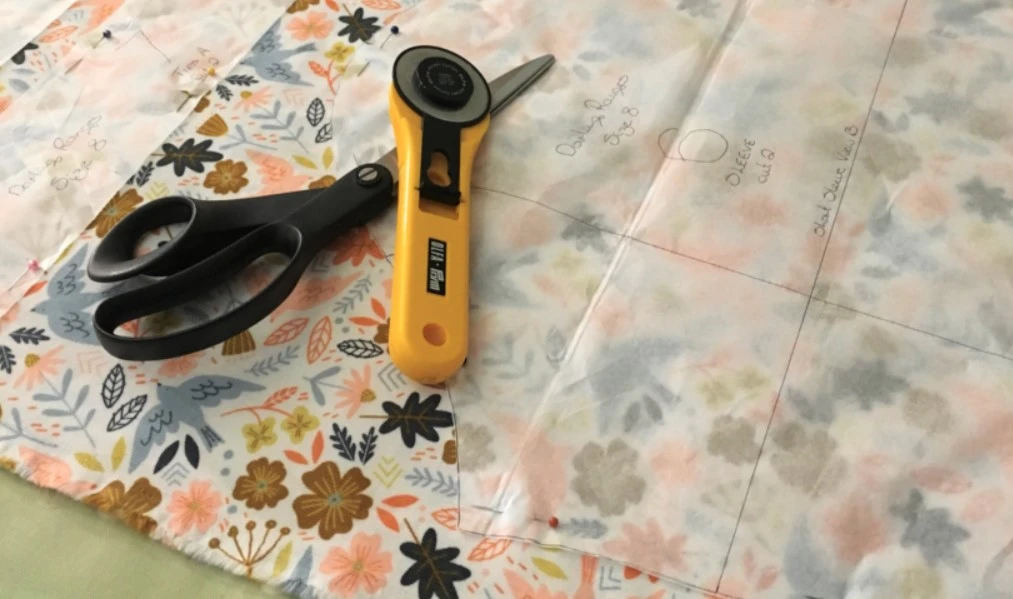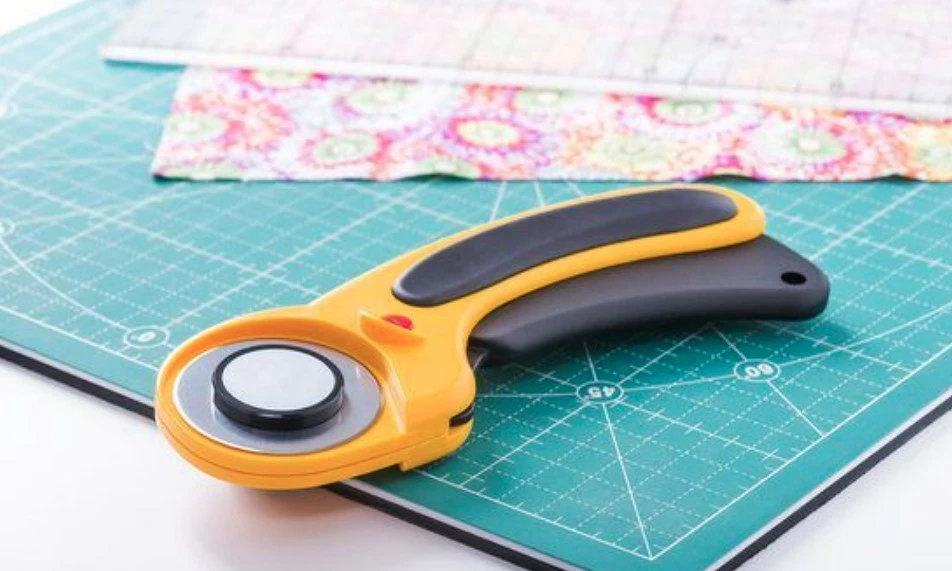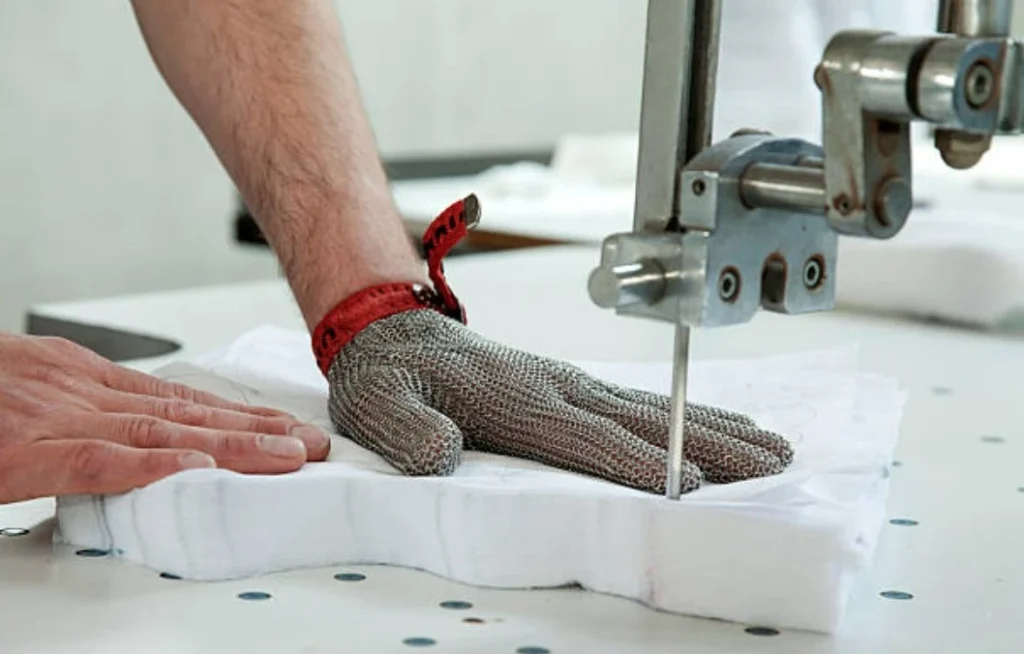
REST FOR BEST!
Fabric Rest before Cutting: Essential Tips for Intimate Apparel Creators
Fabric is the fundamental building block of any garment or textile-based project. Its quality and how it behaves during the cutting and sewing process can considerably impact the final outcome. This is certainly important in the intimate apparel industry, where fabric quality can determine the success of your product. One often overlooked but essential practice in fabric handling is allowing it to rest before cutting. This simple step can meaningfully impact the quality and success of your creations.

WHY DOES FABRIC NEED TO REST?
Fabric, especially natural fibers like cotton, silk, and bamboo, has memory and can stretch or shrink slightly due to tension during manufacturing, transportation, or storage. Properly handling fabric is crucial for achieving a professional-looking garment. Fabric is often tightly wound on bolts or rolls, causing tension and distortion in the fibers. Allowing the fabric to rest before cutting allows these tensions to ease, resulting in more accurate measurements and a stable final product.

PREPARING YOUR CANVAS: TIPS FOR FABRIC CUTTING
- Know Thy Fabric: Each fabric has its own personality, from the stretchiness of spandex to the delicate drape of silk. Understanding these characteristics is vital to unlocking their full potential.
- Unveil the Right Side: Many fabrics have a secret – a right and wrong side. Take a moment to unveil their mysteries before cutting to ensure your creation shines from every angle.
- Nap Direction Matters: Fabrics like velvet or corduroy have a nap or directional pile that adds depth and texture. Aligning the nap ensures a consistent appearance, making your creations a tactile delight.
- Smooth out the Wrinkles: Smooth out any wrinkles before cutting to ensure accurate measurements and a clean finish.
- Selvages as Your Guide: Align the selvage edges before cutting to keep your fabric straight and square. This simple step lays the foundation for precision in every stitch.
- Seamless Overlaps: For longer pieces, overlapping fabric ends seamlessly ensures continuity in your design. Careful measuring and alignment prevent disruptions in your creative flow.

ALLOWING THE FABRIC TO REST
After preparing the fabric for cutting, it’s essential to let it rest for enough time. This allows the fabric to stabilize, reducing the risk of stretching or warping after cutting. Think of it like letting a fine wine breathe and settle before it reaches its best. Aim for at least 24 hours of rest to let the fabric adjust to its new environment and release any tension. During this time, handle your fabric carefully. Store fabric rolled on a cardboard tube or neatly folded in a cool, dry place away from direct sunlight to prevent damage. Avoid placing heavy objects on top of it, as even slight pressure can distort its delicate fibers.

Allowing fabric to rest before cutting is a straightforward yet highly effective practice that offers multiple benefits. Notably, it can save time, reduce frustration, and enhance the overall quality of your products. In the lingerie industry, proper fabric handling is undoubtedly crucial for achieving precise measurements, preventing warping or shrinking, and ensuring a polished, professional finished product. Always remember to take the time to allow the fabric to settle before cutting to optimize the final outcome.
